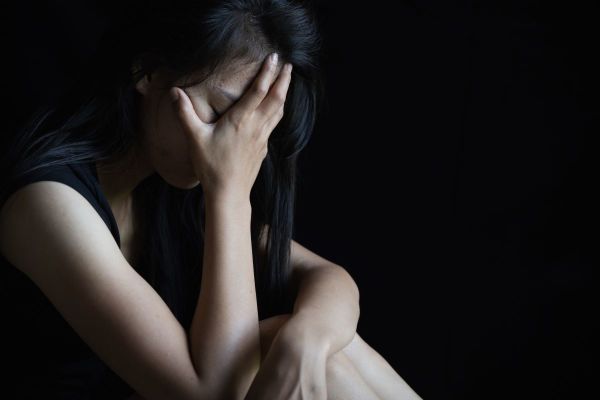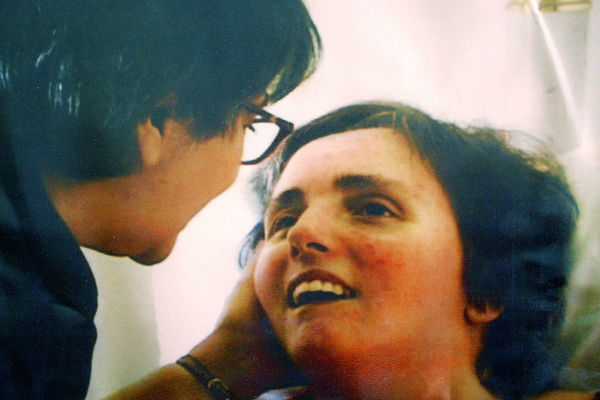Evangelical Population Explodes in Brazil as Catholic Church Shows Signs of Decline
The evangelical population of Brazil increased by 16 million people over the 10 year period from 2000 to 2010, to 42.3 million, according to census results from the Brazilian Institute of Geography and Statistics (IBGE) published Friday.
The 2010 census results reveal that over three decades the percentage of evangelicals jumped from 6.6 percent to 22.2 percent of the overall Brazilian population, making it the fastest growing religious segment in the Latin American country.
While the evangelical population ballooned, the Catholic population has decreased over the same 10 year period. In 2000 the Catholic population represented 73.6 percent of Brazil's population, but by 2010 that percentage had decreased to under two-thirds, or 64.6 percent.
It was found that the decline of Catholicism affected every region of the country, with the largest decrease coming in the Northern region where the Catholic population fell from 71.3 percent of the population in 2000 to 60.6 percent in 2010. In the same region over the same period the evangelical population increased from 19.8 percent to 28.5 percent.
Rondonia state, in the north-western part of the country, holds the greatest concentration of evangelicals with 33.8 percent, whereas Piauí in the north-east has the lowest with just 9.7 percent. Interestingly Piauí was the location where the Catholic Church has been able to best maintain its influence, with 85.1 percent of the population of Piauí being followers of Catholicism. The state of Rio de Janeiro held the lowest percentage of Catholics with just 45.8 percent.
Those who claim "No Religion" also increased slightly, according to the census, from 7.3 percent in 2000 to 8.0 percent in 2010.
The survey also analyzed the religious population in terms of sex, education, race and age, finding that males made up a higher proportion of Catholics than female; 65.5 percent of men followed Catholicism, but only 63.8 percent of women.
With regards to age, the proportion of Catholics was higher in people over 40 years old, whereas evangelicals represented the highest proportion of children and adolescents; 25.8 percent of five to nine-years-olds, and 25.4 percent of 10 to 14-year-olds.
According to a research released by Pew Forum on Religion & Public Life at the end of 2011, Brazil has now become the second most Christian populated country in the world.






















